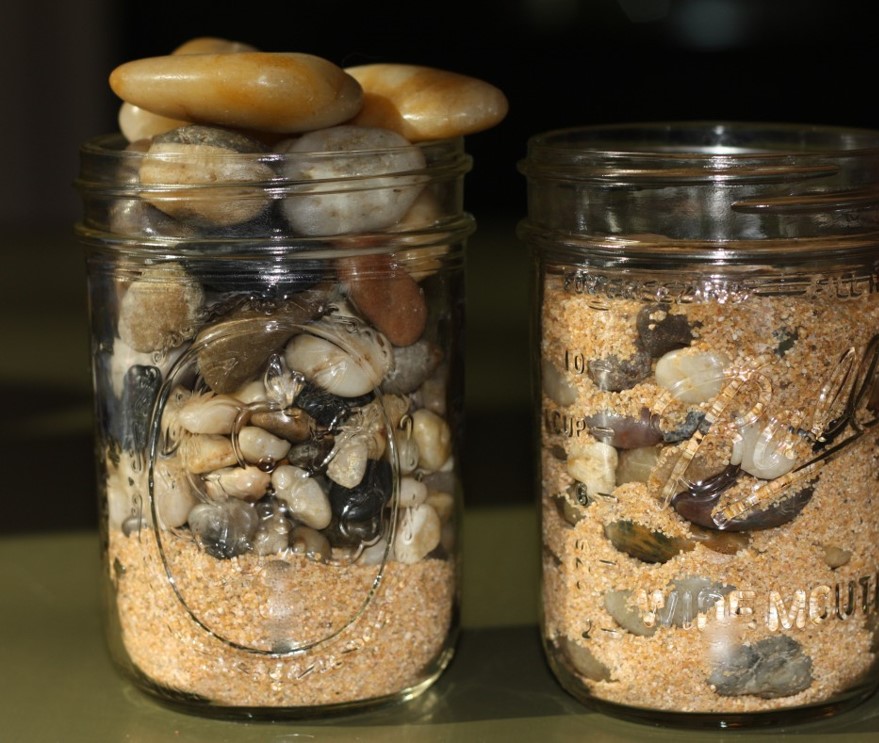Prioritizing Prioritization
Dr. Mia Cary, CEO & Change Agent, Cary Consulting
“Unless we wish to drown we have to choose between what is important and what is not, what is meaningful and what is not.” ~ Viktor Frankl
Whether you are an individual contributor, manage a team, or run a practice – a critical element of effective leadership is effective prioritization. So why is it so hard and why do so many suffer from initiative overload? Prioritization is a challenge if we do not have a defined purpose that guides us in deciding what we say no to and what we say yes to. Another important element of prioritization is focus. Consider the analogy of rocks, pebbles, and sand in a jar. If you first fill a jar with sand representing our less important tasks, there is little or no room for the rocks the most important tasks. On the other hand, if we start by putting the big rocks in place first, we can fit pebbles in around those, then pour in sand on top, and even pour in some water before the jar is full. With this analogy in mind I proactively block time in my calendar for the big rocks, even if I do not know what the big rocks will be on any given day. Might this work for you? If so, give it a try. If not, come up with your own plan for making sure you have time set aside each week to focus on your most important tasks. We must tend to what matters most first; this is the art of focus.
A related concept is momentum. When we are focused, aligned with our purpose, and in the flow of effective work, we are moving towards a desired destination and not too concerned about what might get spilled in the process. We know mistakes will happen, those can be learned from and then we move on. Momentum allows us to avoid wasting time obsessing over little things that will not end up moving the needle in the right direction. In the words of Winston Churchill we must be mindful that “perfection is the enemy of progress.”
Resources
How to Master the Art of Focus
Purpose is Power
Why Perfection is the Enemy of Done

